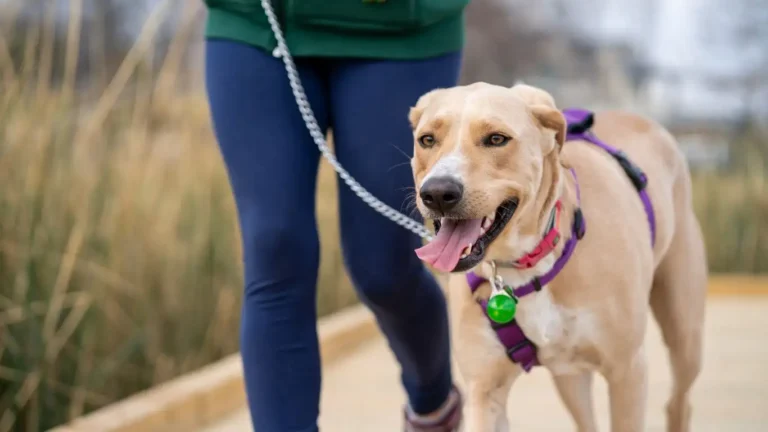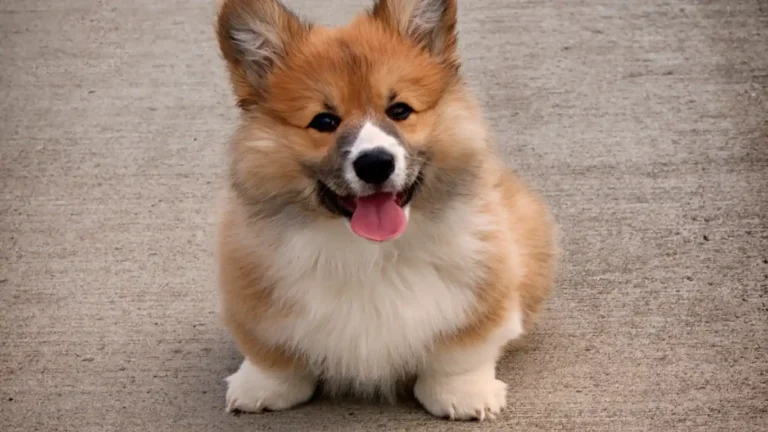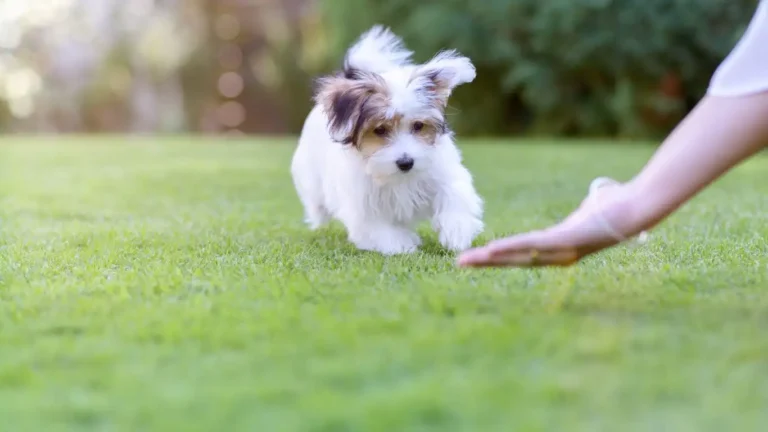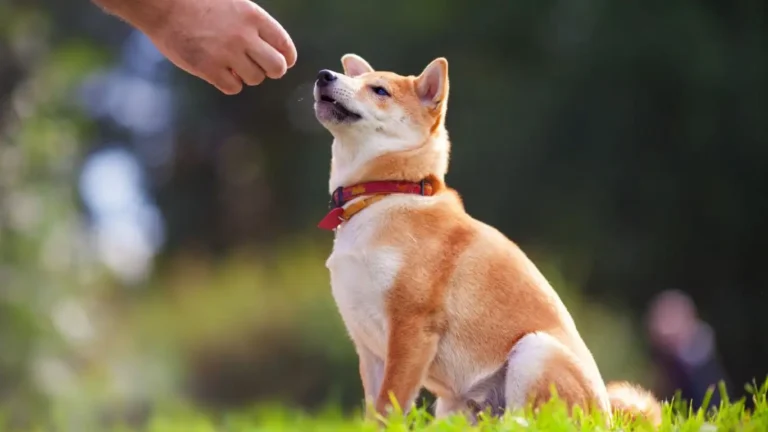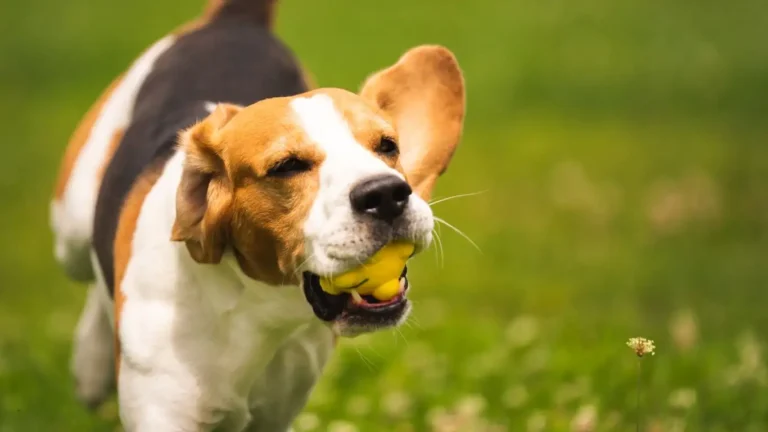Stop Tail Chasing Fast: Proven Dog Training Tips That Work
Ever caught your pup going in dizzy circles chasing its tail like it’s the most exciting game in the world? You’re not alone. One of the most common questions I get as a Canine-Assisted Therapy Trainer is how to train a dog to stop chasing their tail. While it might seem like harmless play at first glance, tail-chasing can sometimes point to deeper issues—like anxiety, boredom, or even medical problems. Over the years, I’ve helped dozens of pet parents work through this quirky (but frustrating) behavior, and trust me, it’s totally fixable with the right blend of understanding, consistency, and positive reinforcement.
Why Is My Dog Chasing Their Tail?
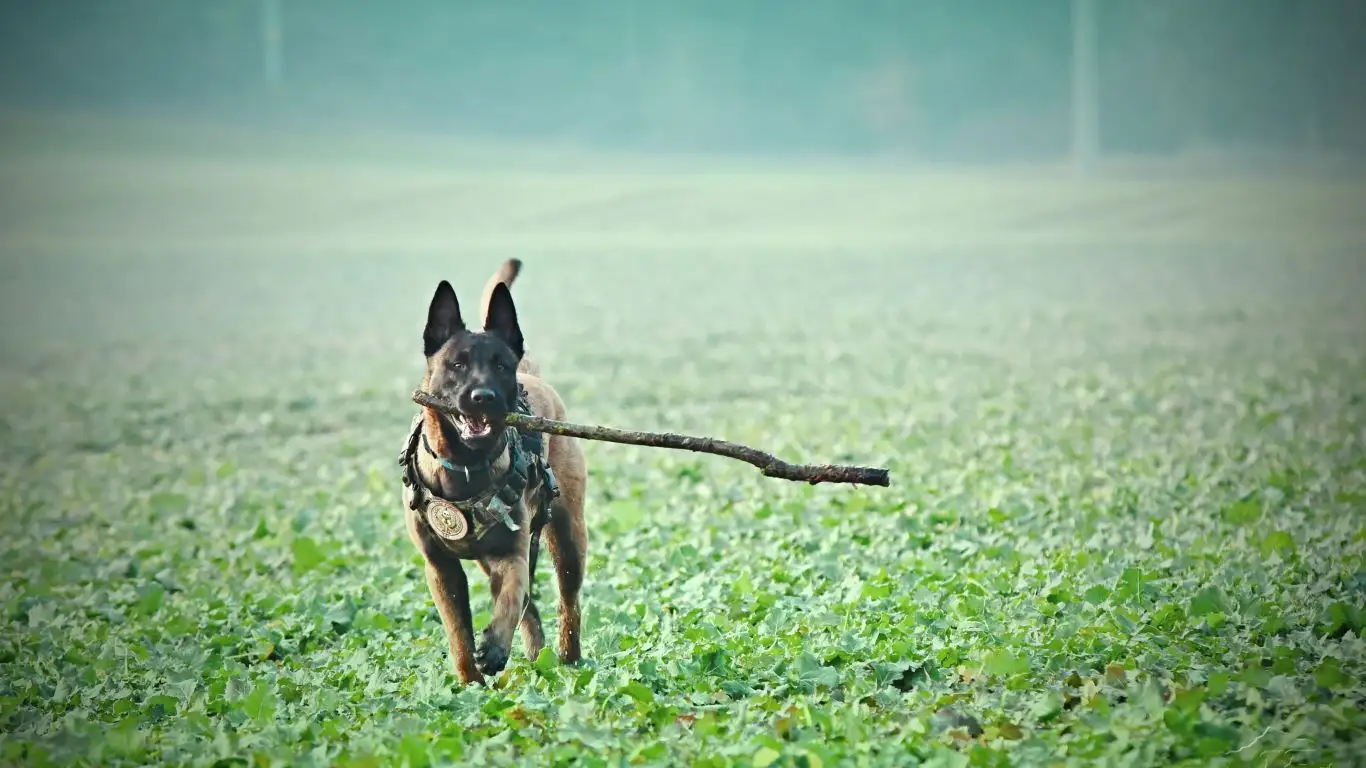
It’s Not Always Just for Fun
Sure, puppies might chase their tails for fun—kind of like how toddlers run in circles just because they can. But when an older dog starts doing it obsessively, that’s your cue to take a closer look. In my experience, dogs chase their tails due to:
- Boredom: A dog with no outlet for energy will find… creative solutions.
- Stress or Anxiety: Dogs often display repetitive behaviors when they’re overwhelmed.
- Medical Issues: Fleas, impacted anal glands, or neurological problems can cause tail-focused behavior.
- Attention-Seeking: If every spin gets a reaction from you, your dog might just be loving the spotlight.
Quick Tip from My Sessions
I once worked with a border collie named Juno who spun like a little tornado every time her owner got on the phone. It turned out she’d learned that tail-chasing got her mom to hang up and give her attention. Smart pup, right? Breaking that cycle meant shifting the focus with preemptive play and reward-based redirection. More on that below.
How to Train a Dog to Stop Chasing Their Tail: The Groundwork
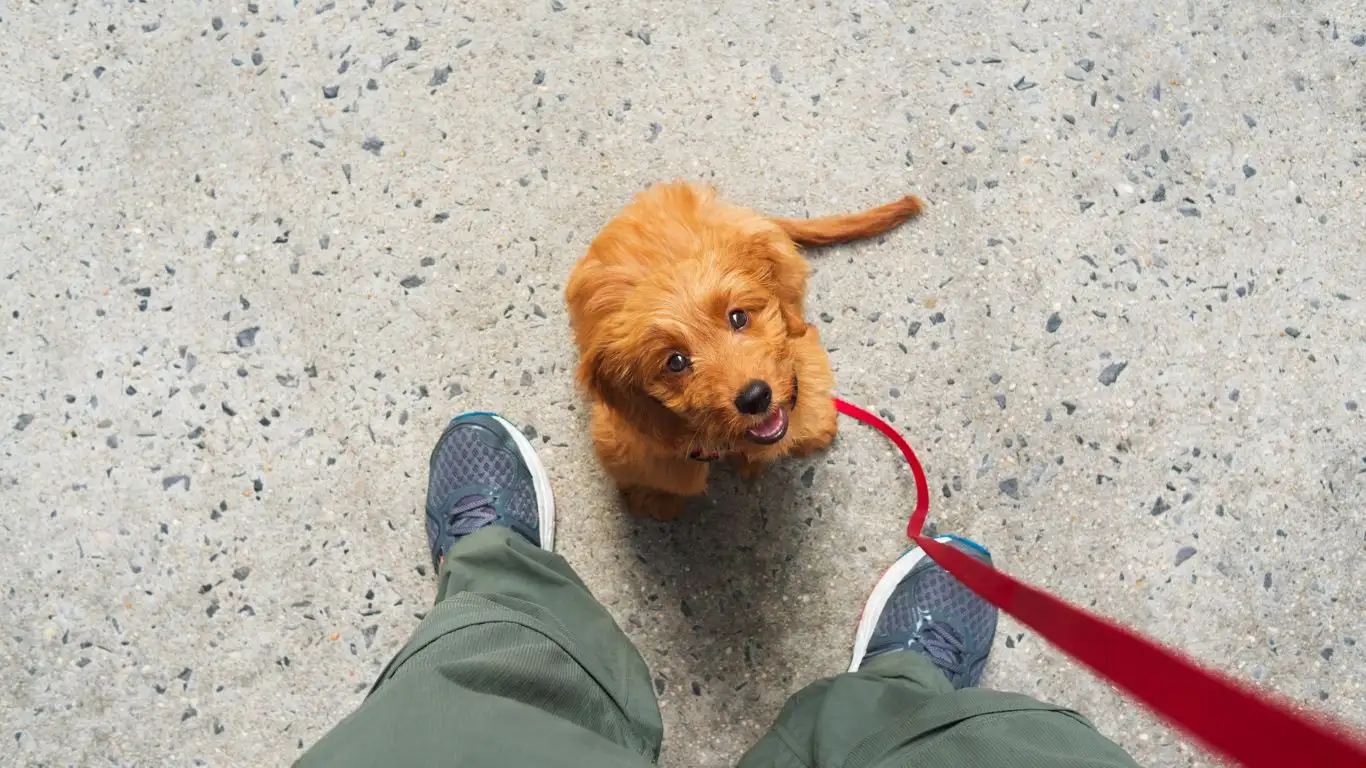
Step 1: Rule Out Medical Causes First
Before you jump into any training plans, get your vet involved. I can’t stress this enough. If your dog has an itch they can’t scratch, an allergy, or pain they’re trying to relieve, no amount of training is going to help until that’s resolved. I’ve had dogs in therapy programs completely stop tail-chasing overnight after a vet treated a skin infection we didn’t know was there.
Step 2: Enrichment, Enrichment, Enrichment
Dogs aren’t meant to be couch potatoes. If your dog is bored, they’re going to find a job for themselves—and sometimes that job is tail-wrangler. To shift their energy somewhere productive, try:
- Interactive toys like puzzle feeders or snuffle mats.
- Rotating chew toys weekly to keep novelty alive.
- Daily mental work—basic obedience refreshers, nose work games, even teaching a new trick.
Trust me, five minutes of focused training can wear out your pup more than a 30-minute walk. That’s coming from someone who’s worked with high-drive breeds in therapy programs where focus is non-negotiable.
Step 3: Catch It Early
If you see your dog gearing up for a tail chase—maybe that little pre-spin look they get—interrupt it gently but immediately. Use a calm “uh-uh” or redirect with a favorite toy. The goal is to step in before they go full spin-mode, not after. Timing is everything here.
Understanding the Root of the Behavior
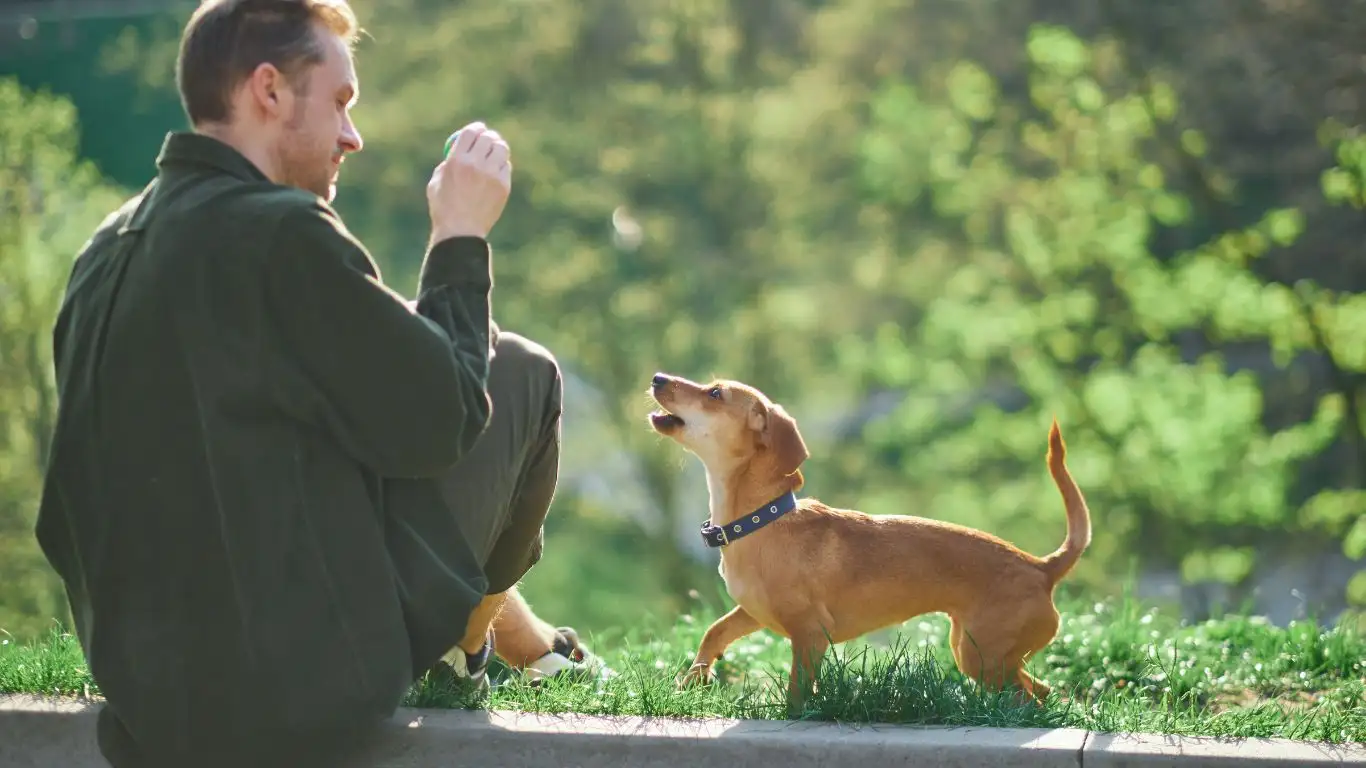
Is It Habit or Compulsion?
There’s a difference between a habit and a compulsion. A habit can be unlearned through consistent redirection. A compulsion, though—like obsessive tail-chasing that results in injury or distress—might require help from a behaviorist or vet-prescribed meds. I’ve seen dogs like this in therapy settings, and with the right combo of medical and behavioral support, they’ve made amazing progress.
Don’t Reinforce What You Want to Stop
This is a biggie. Dogs thrive on feedback. If your pup notices that tail-chasing gets your attention—positive or negative—they’re more likely to keep doing it. Stay neutral. No yelling, no laughing. Instead, praise them like crazy when they make a better choice.
Positive Reinforcement: Your Best Friend in Training
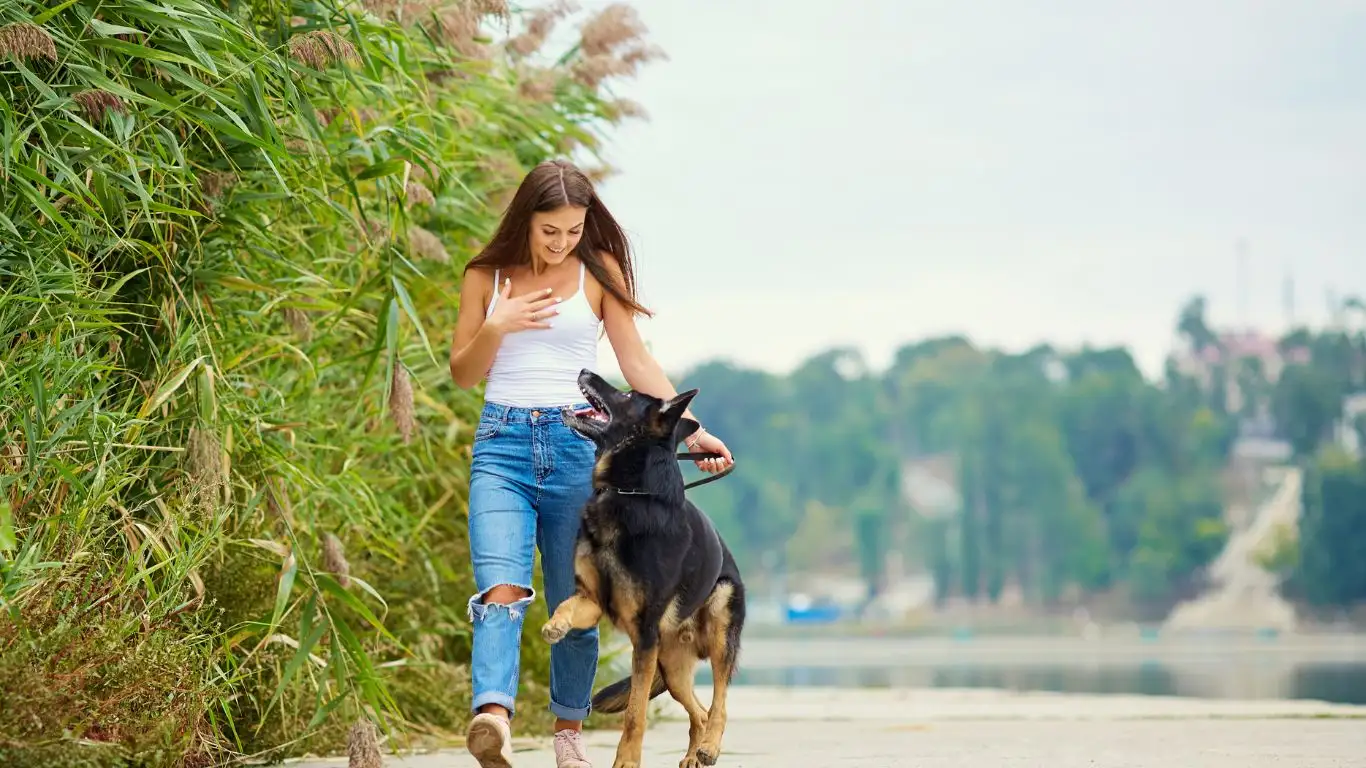
Reward the Behavior You Want
Here’s the thing—dogs don’t speak English, but they’re geniuses at reading patterns. If spinning gets them attention, even if it’s just you saying “stop that!”, they’ll keep doing it. Instead, make a big deal when they choose not to chase their tail. Like, throw a party. Treats, praise, maybe even a quick game of tug. Whatever your dog loves—use it to reinforce the good stuff.
I remember a German Shepherd mix named Rocco in one of my sessions. Every time he got excited, that tail was fair game. We started rewarding calm behavior with cheese (his all-time favorite) and it wasn’t long before he started choosing “sit” over “spin.” He just needed help realizing there was a better way to get what he wanted.
Timing Matters More Than You Think
The key is to reward your dog within seconds of the desired behavior. If they glance at their tail but then look at you instead—boom, treat time. That tiny window makes all the difference. Don’t wait until they’ve already moved on or you’ll be reinforcing the wrong thing. It’s like dog training ninja reflexes—you get better at it the more you practice.
Structured Play and Training Routines
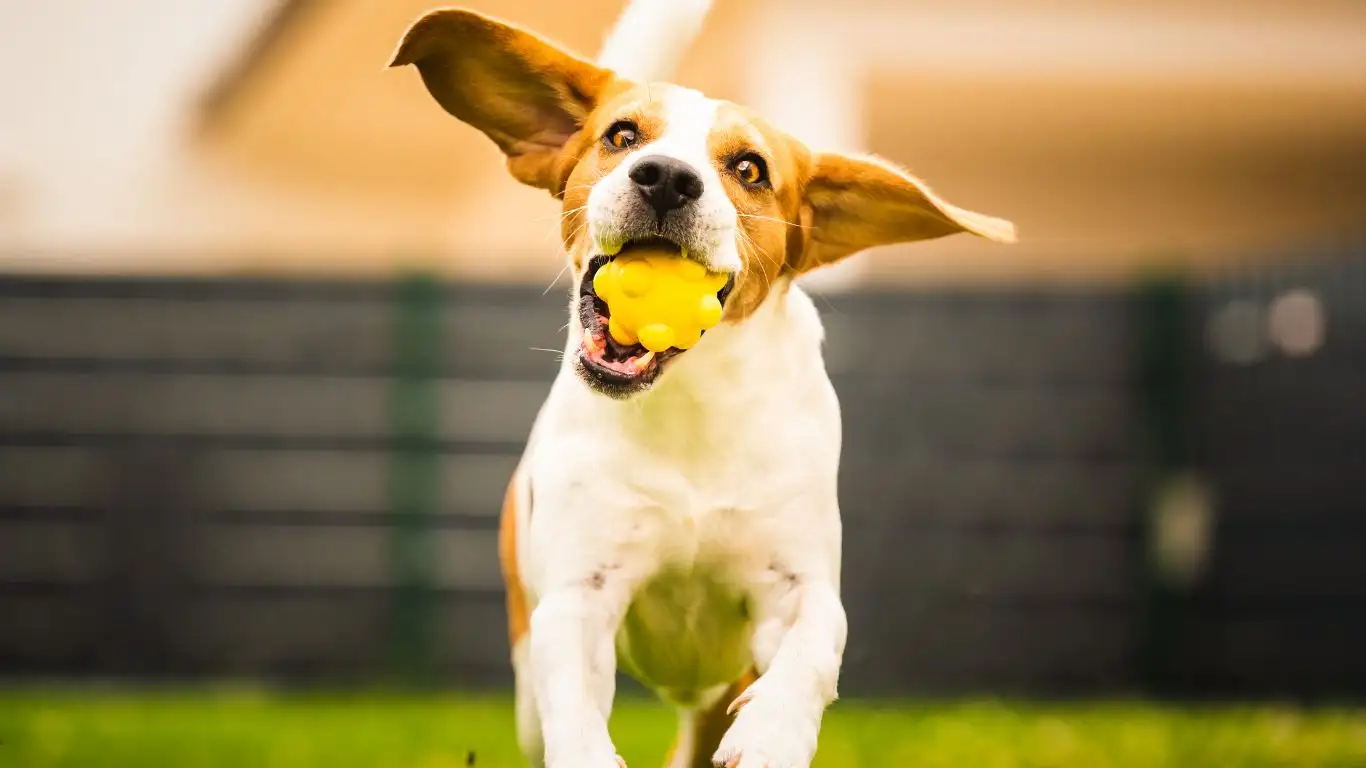
Burn Off the Zoomies—Productively
Dogs need outlets for energy. If tail-chasing is how your dog self-soothes or entertains themselves, it’s time to up your activity game. You don’t need to run marathons, but structured play is crucial. Here are some ways I help clients build a daily routine that actually works:
- Morning walk or backyard sniff-safari—let them explore, not just walk in a straight line.
- Midday brain work—try simple scent work, hide-and-seek with treats, or even a short training session.
- Evening decompression play—something light and fun like tug or fetch, not overstimulating chaos.
Consistency is where the magic happens. You don’t need a rigid schedule, but you do need some structure. Your dog will start to feel more settled, and the urge to chase will slowly take a back seat.
Use Commands to Redirect
If your dog already knows basic cues like “sit,” “down,” or “leave it,” you’re golden. These become your redirect tools. If not, now’s the perfect time to teach them. In therapy sessions, we use these commands as a way to interrupt unwanted behaviors without scolding. For example, instead of yelling “stop!” when a dog starts spinning, we calmly ask for a “down” and reward it immediately.
It’s all about creating a new association: tail-chasing = no reward, calm behavior = praise and treats.
What If It’s More Than Just a Phase?
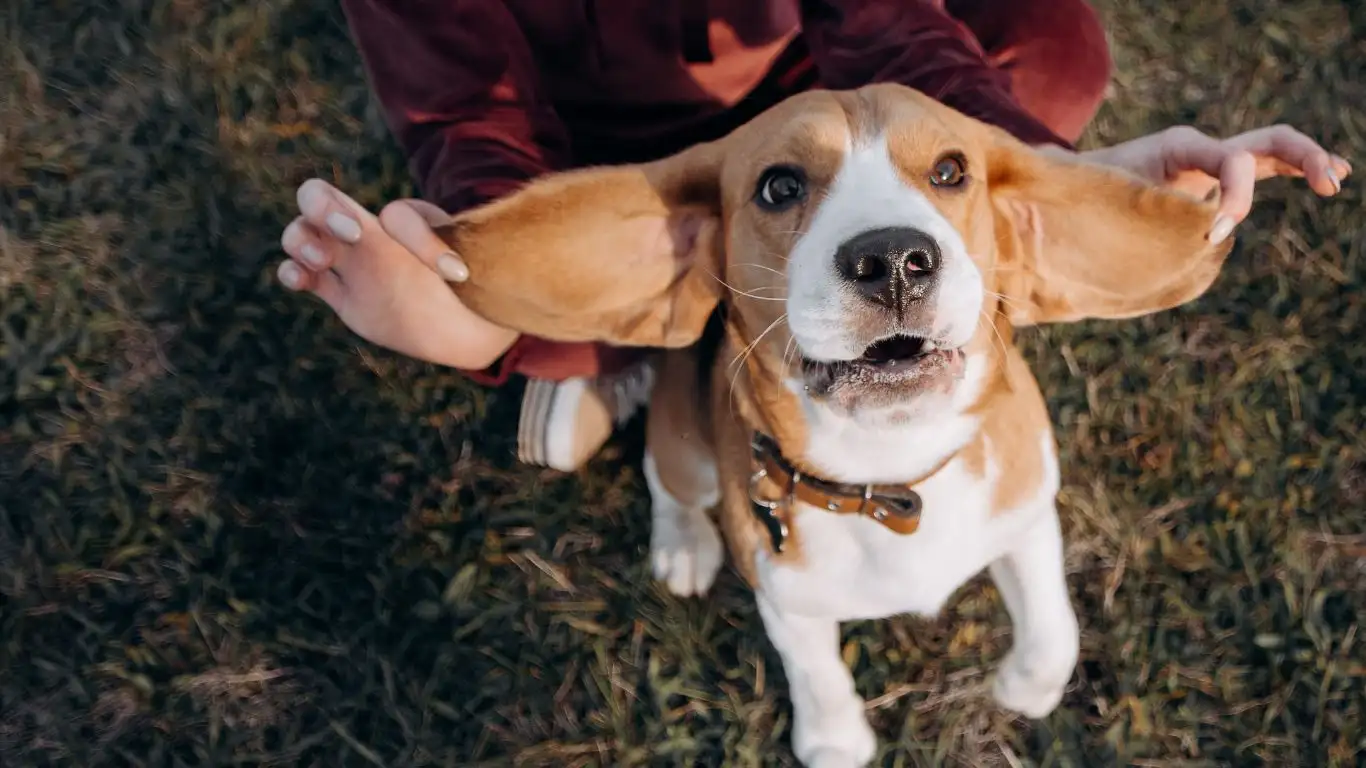
When to Call in a Behaviorist
If your dog’s tail-chasing is frequent, intense, or seems compulsive—especially if they’re injuring themselves or can’t focus on anything else—it’s time to call in the pros. I’ve partnered with veterinary behaviorists for dogs who were stuck in this loop, and it’s always worth it. Tail-chasing can sometimes be a symptom of canine compulsive disorder (CCD), which needs a different approach than simple boredom relief.
A qualified trainer or behaviorist will help you break down the triggers, create a tailored training plan, and, if needed, work alongside your vet on treatment. You’re not failing by asking for help—you’re doing what’s best for your dog.
Environmental Adjustments Can Help, Too
Sometimes, small changes at home can have a big impact. I’ve suggested things like:
- Blocking off spinning “hot zones” like tight hallway corners.
- Adding calming elements—soft music, aromatherapy diffusers (lavender works wonders).
- Using a crate or playpen to limit space when you can’t supervise—not as punishment, but to reduce triggers.
Each dog is different. I’ve worked with some who were fine as long as they had a frozen Kong ready to go, and others who needed a total routine overhaul. It’s all about knowing your dog and being open to experimenting with what works.
When Tail Chasing Becomes a Compulsion
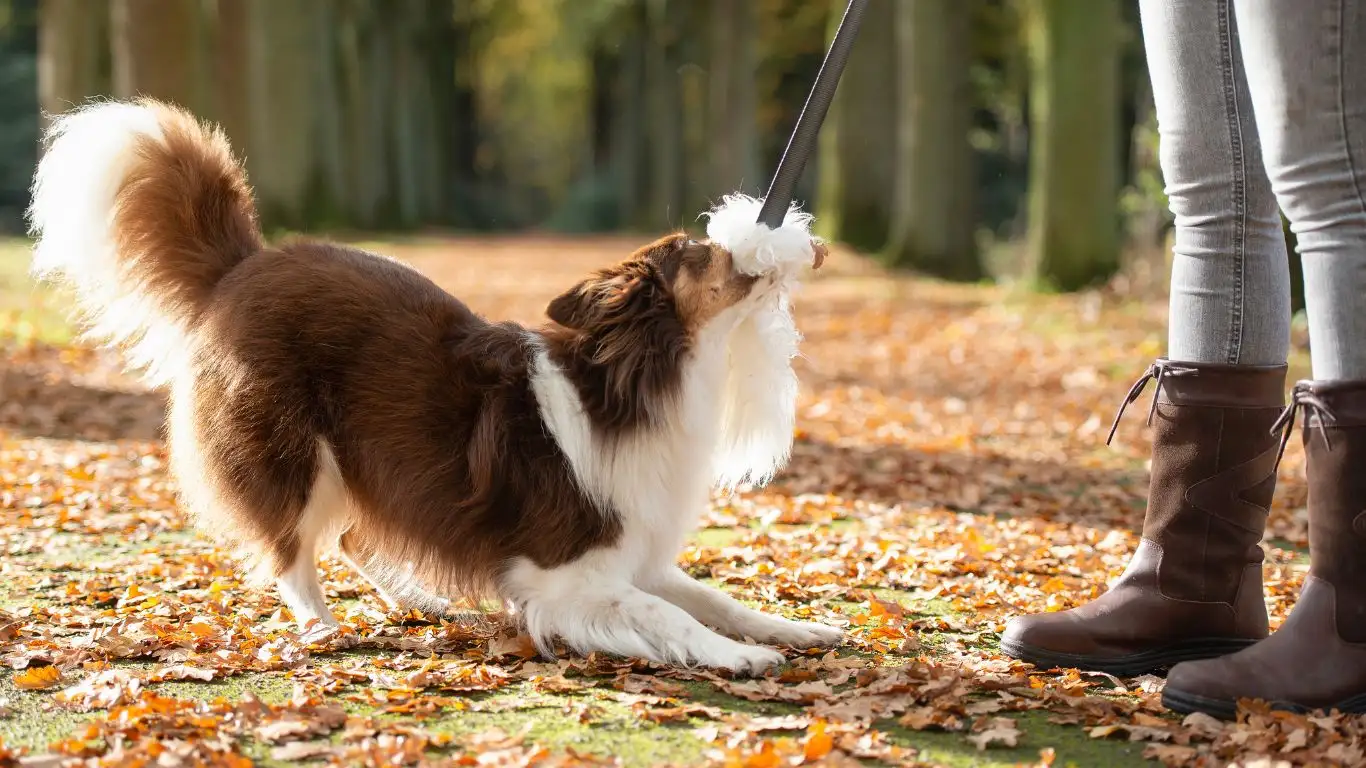
Recognizing Canine Compulsive Disorder (CCD)
Sometimes, tail chasing isn’t just a quirky habit—it can be a sign of Canine Compulsive Disorder (CCD). Dogs with CCD may engage in repetitive behaviors like tail chasing, fly snapping, or excessive licking, often triggered by stress or anxiety. I recall working with a Bull Terrier named Max who would spin obsessively whenever guests arrived. It turned out that his behavior was a coping mechanism for his social anxiety.
According to PetMD, certain breeds like Bull Terriers and German Shepherds are more prone to CCD. If your dog’s tail chasing is frequent, intense, or leads to self-injury, it’s essential to consult a veterinarian or a certified animal behaviorist.
Medical Interventions
In cases where behavioral training isn’t sufficient, medical intervention may be necessary. Medications such as fluoxetine or clomipramine have been used to treat CCD in dogs. A study published in the Journal of the American Veterinary Medical Association found that clomipramine significantly reduced tail chasing behaviors in affected dogs.
However, medication should always be considered a last resort and used in conjunction with behavioral modification techniques. It’s crucial to work closely with a veterinary professional to determine the best course of action for your dog.
Creating a Tailored Training Plan
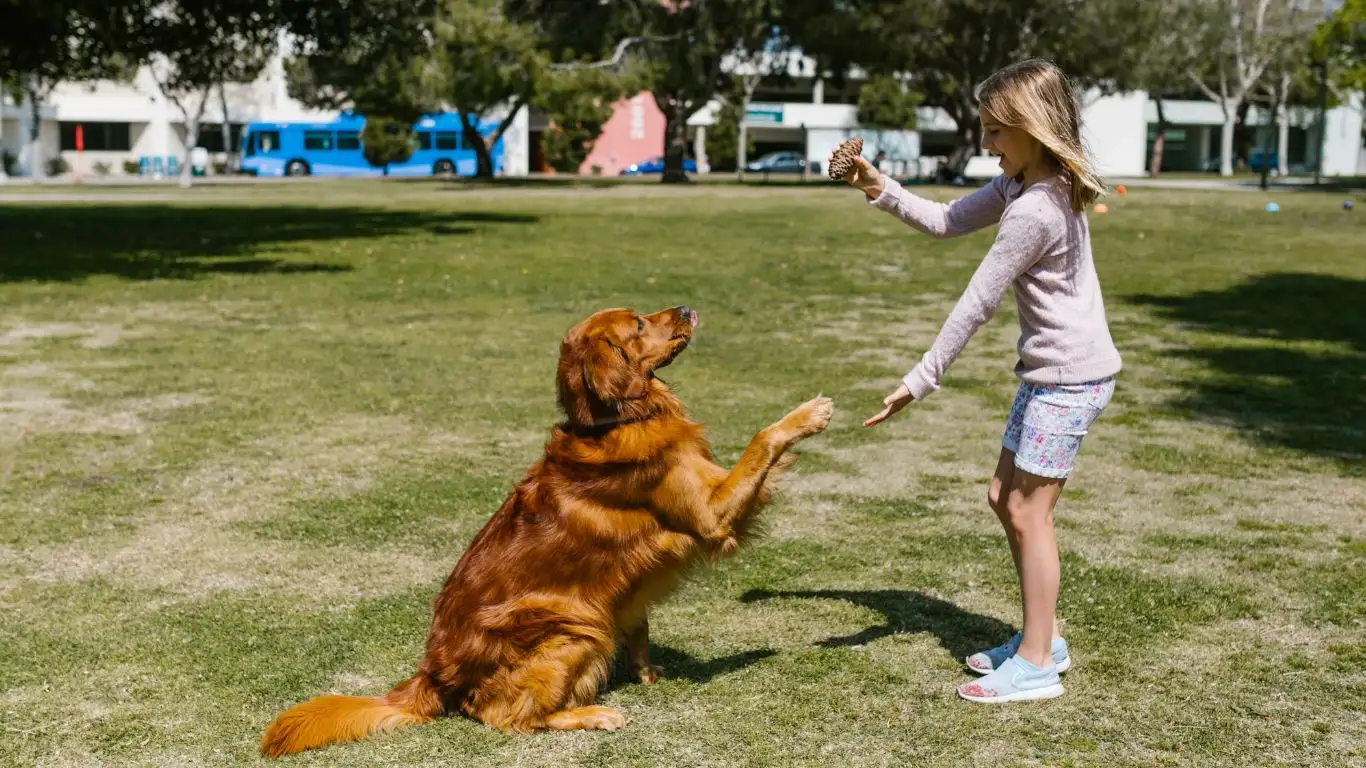
Step-by-Step Approach
Addressing tail chasing requires a comprehensive plan that considers your dog’s unique needs. Here’s a step-by-step guide I’ve used successfully with clients:
- Identify Triggers: Observe when and where the tail chasing occurs. Is it during specific times of the day or in certain environments?
- Increase Physical Activity: Ensure your dog gets adequate exercise to burn off excess energy.
- Enhance Mental Stimulation: Introduce puzzle toys, obedience training, or scent games to keep your dog’s mind engaged.
- Implement Positive Reinforcement: Reward your dog for calm behavior and redirect their attention when they begin to chase their tail.
- Establish a Routine: Dogs thrive on consistency. Maintain regular feeding, walking, and playtimes.
Remember, patience and consistency are key. Behavioral changes take time, and setbacks may occur. Celebrate small victories and stay committed to the process.
Professional Support
If you’re struggling to manage your dog’s tail chasing behavior, don’t hesitate to seek professional help. Certified dog trainers and veterinary behaviorists can provide personalized guidance and support. Organizations like Positively offer resources and directories to find qualified professionals in your area.
Final Thoughts
Tail chasing can range from a harmless quirk to a sign of underlying issues. By understanding the root causes and implementing a structured approach, you can help your dog lead a happier, healthier life. As someone who’s worked with numerous dogs exhibiting this behavior, I can attest that with dedication and the right strategies, positive change is achievable.
References
- Why Do Dogs Chase Their Tails? – PetMD
- Description and development of compulsive tail chasing in terriers and response to clomipramine treatment – Journal of the American Veterinary Medical Association
- Spinning & Tail Chasing – Positively
Disclaimer
The information provided in this article is for educational purposes only and should not be considered a substitute for professional veterinary advice. If your dog exhibits persistent or concerning behaviors, please consult a qualified veterinarian or certified animal behaviorist.

